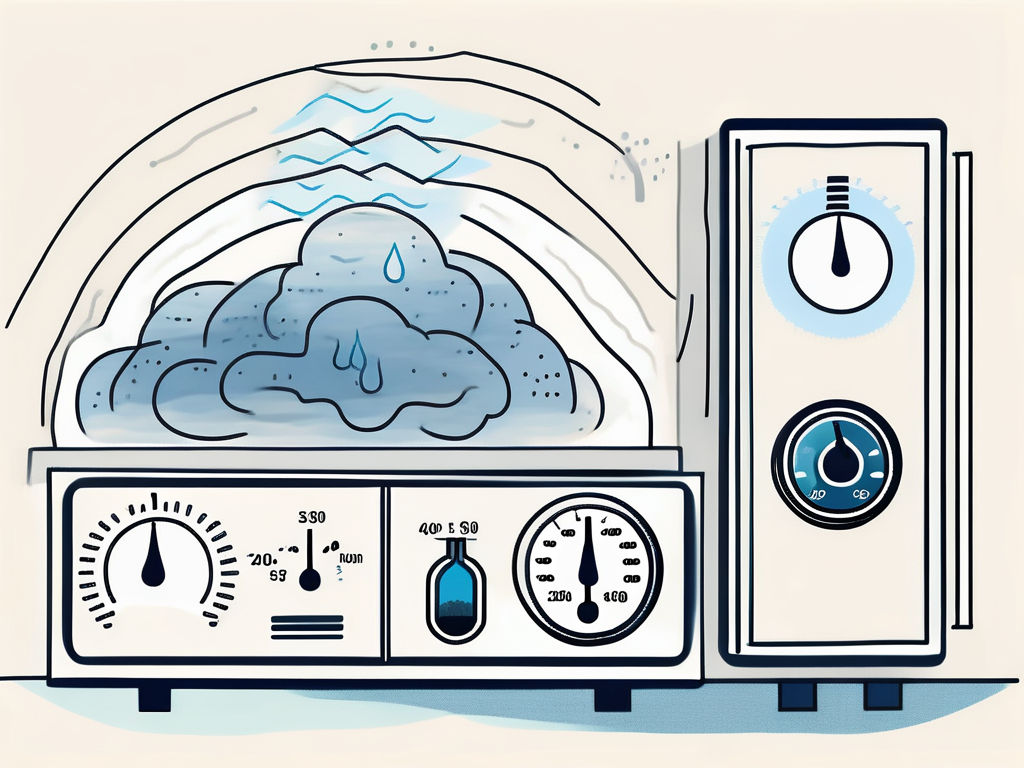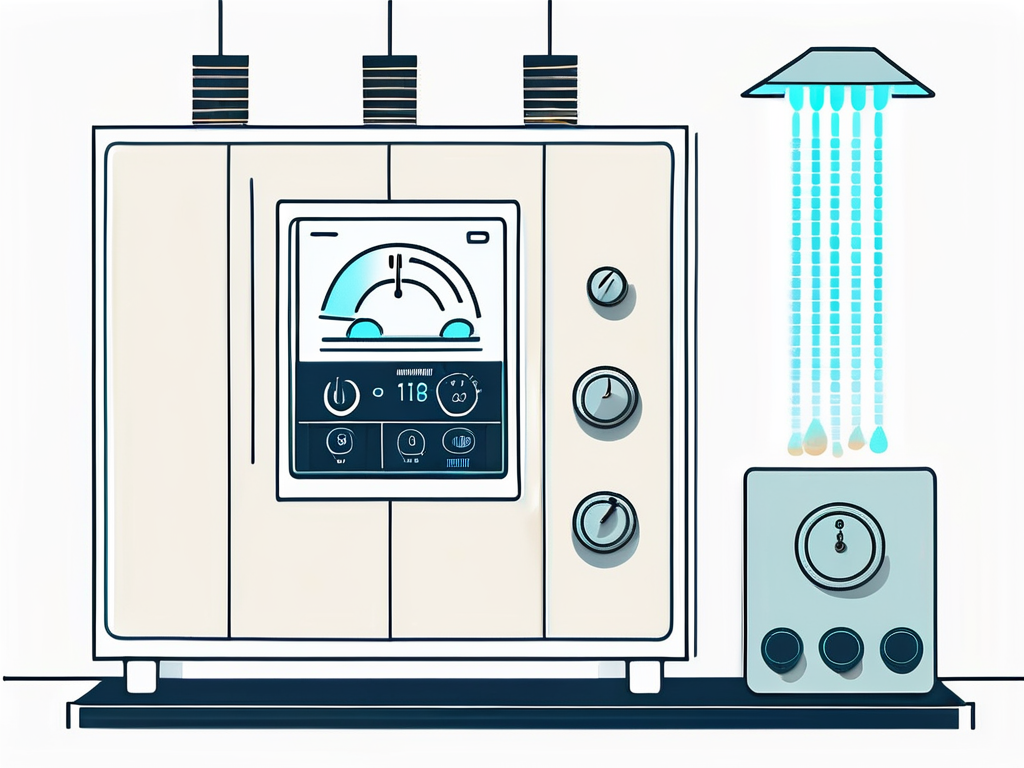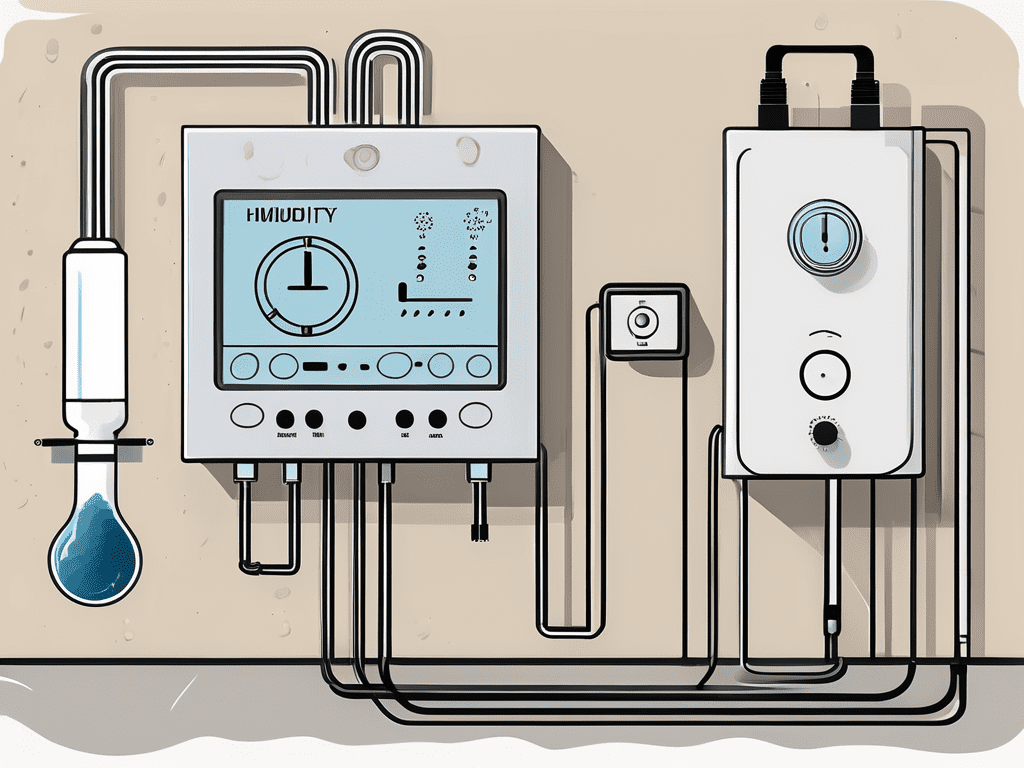Humidity control is a crucial aspect of maintaining a comfortable and healthy indoor environment. It involves the regulation of moisture levels in the air to ensure they remain within an optimal range. This article will delve into the intricacies of humidity control systems, exploring their purpose, mechanisms, and applications in detail.
Understanding humidity control requires a grasp of the basic concepts of humidity and its effects on both the physical environment and human health. Humidity refers to the amount of water vapor present in the air, and it can influence various factors such as temperature perception, mold growth, and respiratory health. Therefore, a well-functioning humidity control system is essential in any indoor setting.
Understanding Humidity
Humidity is a measure of the amount of water vapor in the air. It is usually expressed as a percentage, indicating the proportion of maximum moisture the air could potentially hold at a given temperature. When the air is holding half the moisture it could potentially hold, we say the relative humidity is 50%.

Humidity levels can significantly influence how we perceive temperature. High humidity can make the air feel warmer than it actually is, while low humidity can make it feel cooler. This is because moisture in the air can impede the evaporation of sweat, a natural cooling mechanism of the body.
Effects of Humidity on Health and Comfort
Humidity levels can have a profound impact on human health and comfort. High humidity can lead to excessive sweating and dehydration, while low humidity can cause dry skin and respiratory problems. Moreover, high humidity levels can promote the growth of mold, bacteria, and dust mites, which can trigger allergies and asthma attacks.
On the other hand, low humidity levels can cause discomfort by drying out the mucous membranes in the nose and throat, leading to dry skin, irritated eyes, and increased susceptibility to colds and respiratory infections. Therefore, maintaining an optimal humidity level is crucial for ensuring comfort and health.
Humidity Control Systems
Humidity control systems are designed to maintain an optimal level of humidity in an indoor environment. They work by either adding moisture to the air when it is too dry, or removing moisture when the air is too humid. These systems can be standalone units, or they can be integrated into a building’s heating, ventilation, and air conditioning (HVAC) system.

There are several types of humidity control systems, including evaporative humidifiers, ultrasonic humidifiers, and dehumidifiers. Each of these systems has its own unique mechanism of action, advantages, and disadvantages, which will be discussed in detail in the following sections.
Evaporative Humidifiers
Evaporative humidifiers work by using a fan to blow air over a wet wick, pad, or filter. The water in the wick evaporates into the air, increasing its humidity. This type of humidifier is self-regulating, as the rate of evaporation decreases as the humidity level in the air increases.
Evaporative humidifiers are generally inexpensive and easy to use. However, they can be noisy due to the fan, and they require regular cleaning and replacement of the wick to prevent the growth of mold and bacteria.
Ultrasonic Humidifiers
Ultrasonic humidifiers use a metal diaphragm vibrating at an ultrasonic frequency to create water droplets that are expelled into the air to increase its humidity. These humidifiers are usually quiet and efficient, but they can produce a white dust that can be problematic for people with respiratory issues.
Like evaporative humidifiers, ultrasonic humidifiers also require regular cleaning to prevent the growth of bacteria and mold. Additionally, they may require the use of distilled water to prevent the dispersion of minerals into the air.
Dehumidifiers
Dehumidifiers work by drawing in air from the environment, cooling it to condense the moisture, and then reheating the air before releasing it back into the room. The condensed water is collected in a tank that needs to be emptied regularly.
Dehumidifiers are essential in humid climates or spaces where moisture accumulation is a problem, such as basements and bathrooms. They help prevent the growth of mold and mildew, and can make the air feel more comfortable in humid conditions.
Applications of Humidity Control Systems
Humidity control systems have a wide range of applications, from residential and commercial buildings to industrial processes and healthcare facilities. In homes and offices, they help maintain a comfortable and healthy indoor environment by preventing the problems associated with high or low humidity.

In industrial settings, humidity control can be crucial for the quality and efficiency of certain processes. For example, in the food and beverage industry, controlling humidity is essential to prevent spoilage and ensure product quality. In healthcare facilities, maintaining an optimal humidity level can help prevent the spread of airborne diseases and ensure patient comfort.
Conclusion
Humidity control is a vital aspect of indoor environmental quality. By understanding the effects of humidity on health and comfort, and the mechanisms of different humidity control systems, we can make informed decisions to create healthier and more comfortable indoor environments.
Whether it’s choosing the right type of humidifier for your home, or implementing a comprehensive humidity control strategy for an industrial process, understanding the principles of humidity control is the first step towards achieving optimal indoor air quality.




